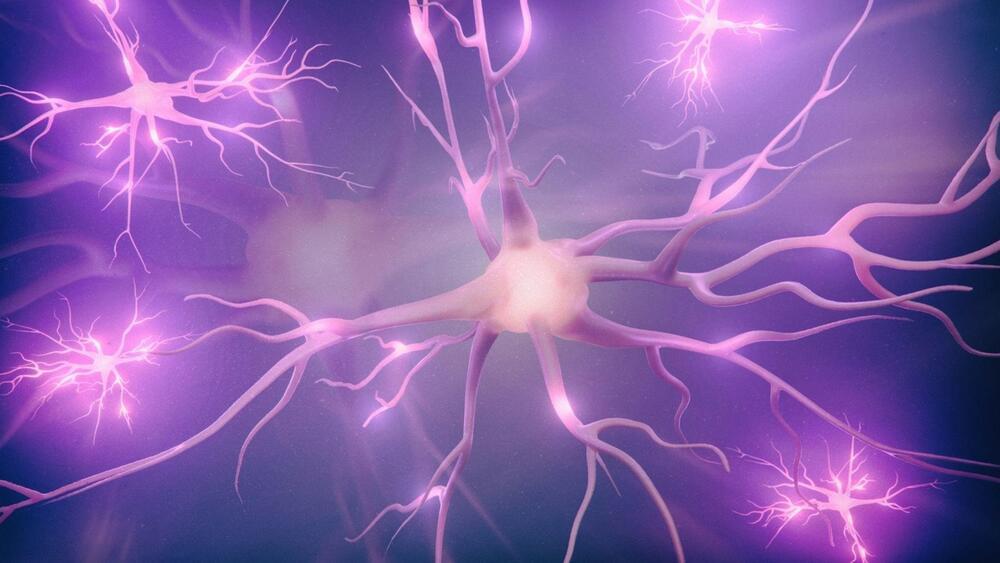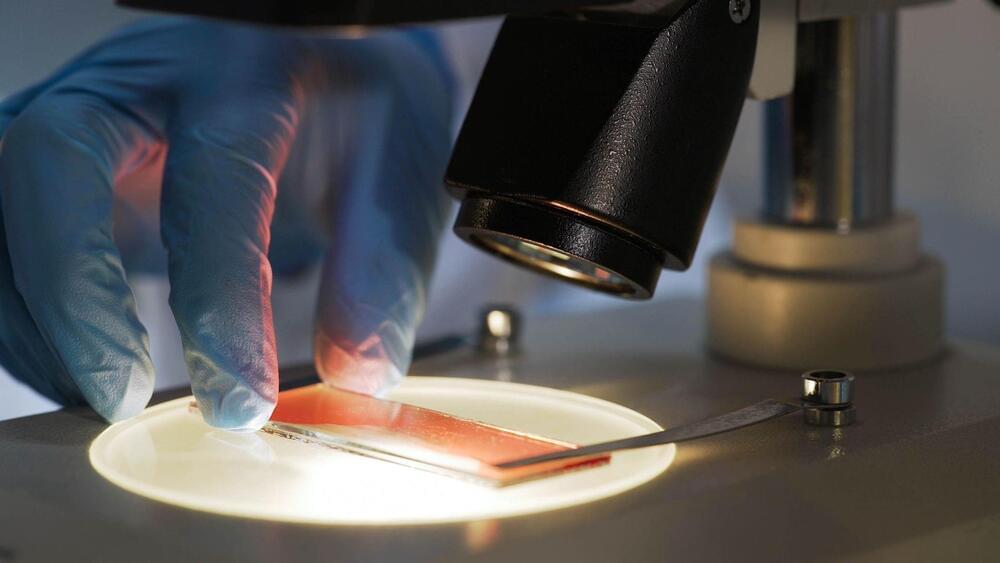The new AI art software brings “brand new possibilities for creative applications.”
London and San Francisco-based Stability AI, the company that developed Stable Diffusion, an image-generating open-source AI software, has just announced the release of Stable Diffusion 2.0, as per a press statement on the company’s website.
What is Stable Diffusion?
Stability AI
The company’s new open-source offering provides new features and improvements over the 1.0 release, including new text-to-image models trained on a new encoder called OpenCLIP that improves the quality of the generated images.








